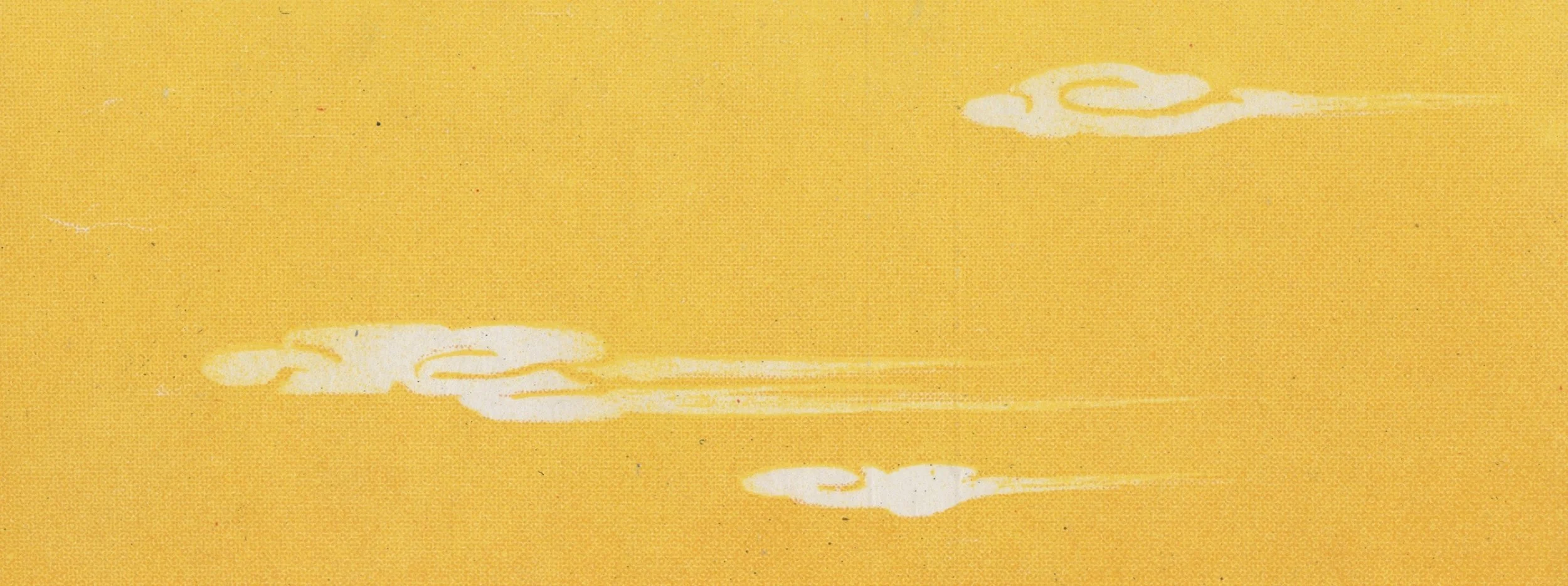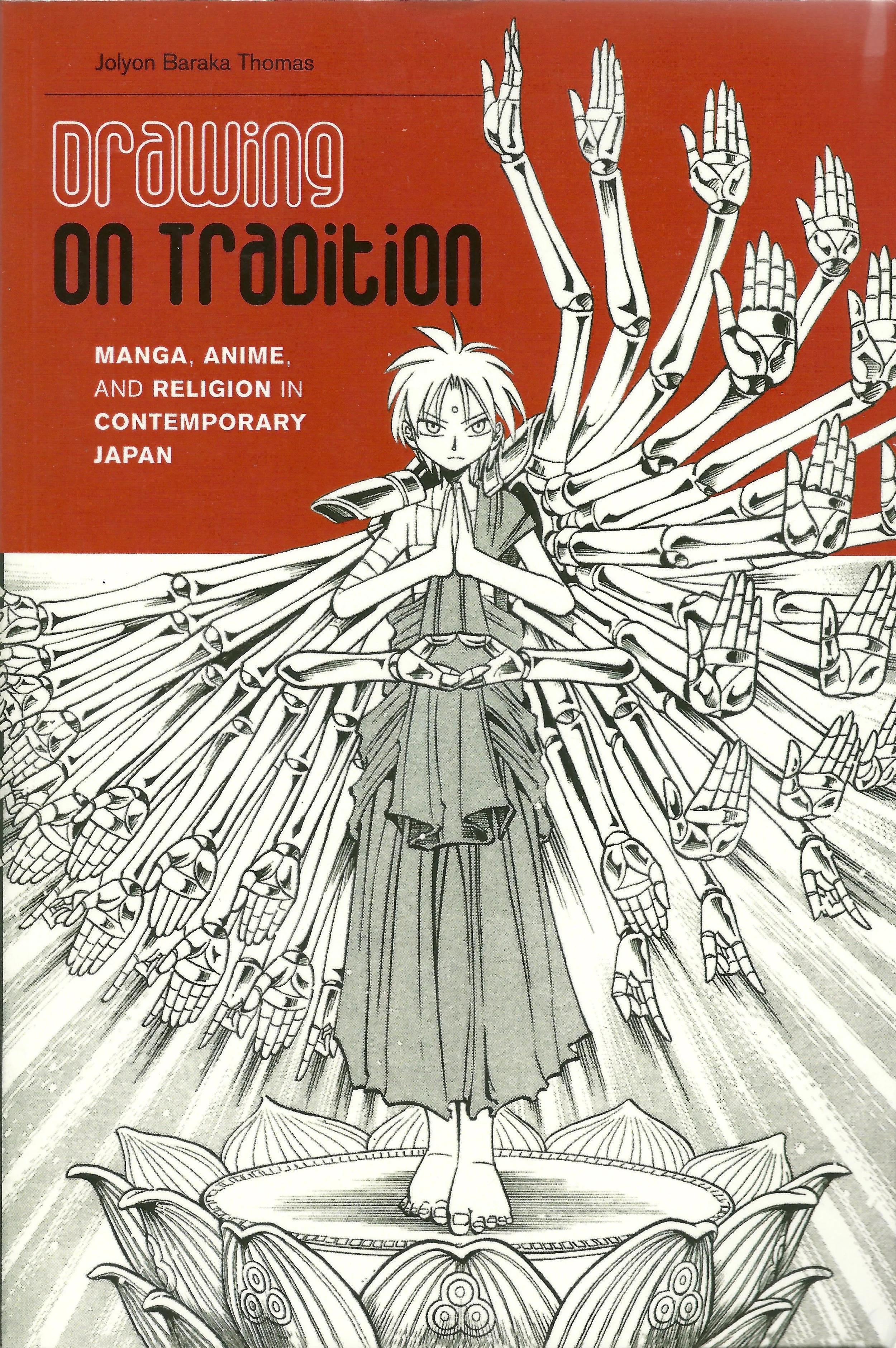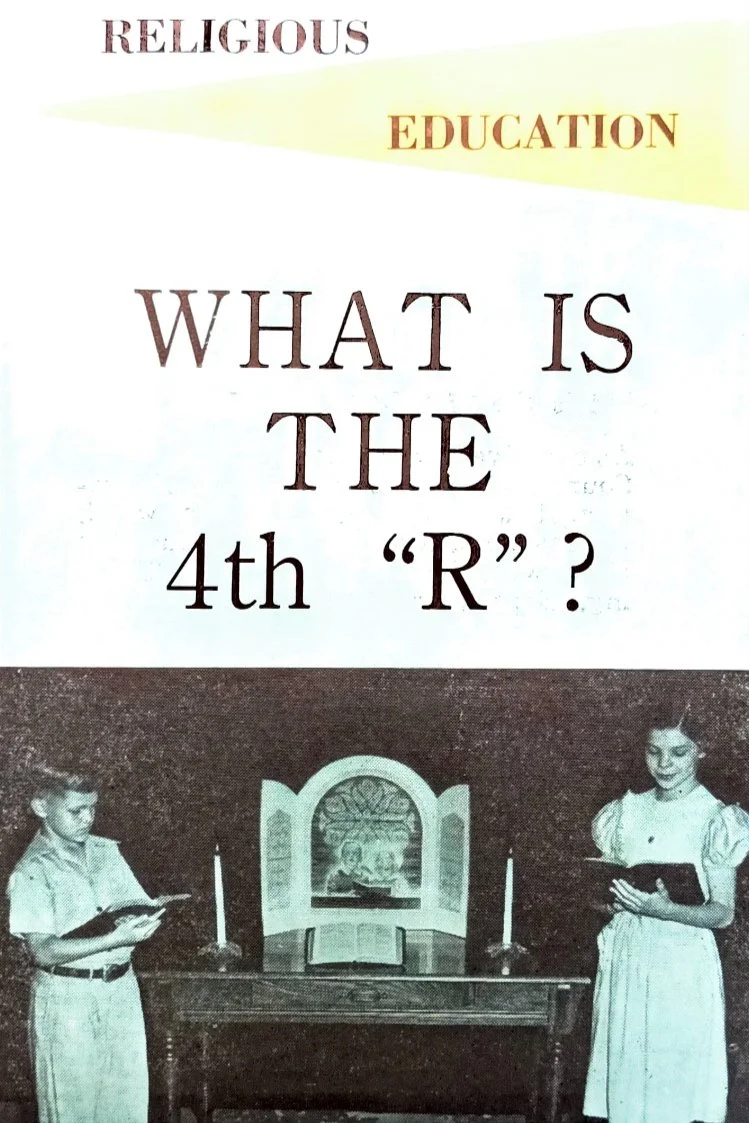My research interests to date have generally covered four broad areas of inquiry.
RELIGIOn & MEDIA
Drawing on Tradition: Manga, Anime, and Religion in Contemporary Japan (University of Hawaii Press, 2012)
How do illustrated media like comic books and animated films do religious work? Is there a way that the media logic of comics and cartoons (empaneling, encrustation, gutters, compositing) might help us think about religious world-building? Publications on this topic include articles in Nova Religio (2007) and the Japanese Journal of Religious Studies (2012), and Material Religion (2015); my 2012 book Drawing on Tradition: Manga, Anime, and Religion in Contemporary Japan; and my “trigraph” Animating Action (a work in progress, currently under review). This research has been supported by the Crown Prince Akihito Scholarship Foundation.
RELIGIOn & law
Faking Liberties: Religious Freedom in American-Occupied Japan (University of Chicago Press, 2019)
Who defines what counts as “religion” and who gets to be free? How do shifting historical circumstances and cultural clashes dictate changes in conceptions of religious freedom? I addressed these questions in Faking Liberties: Religious Freedom in American-Occupied Japan (University of Chicago Press, 2019). Related articles have appeared in Japanese Religions (2014), Religion Compass (2014), and The Asian Journal of Law & Society (2016), and in several edited volumes. I have also published several public-facing pieces at Killing the Buddha, The Revealer, and other online venues. This research has been supported by Fulbright-IIE and the Whiting Foundation.
RELIGIon & education
Difficult subjects: Religion, Education, and the Us-Japan security Alliance (manuscript under revision)
How have various interest groups in Japan and the United States used semantically ambiguous terms like patriotism, propriety, morality, freedom, vocation, sexuality, security, and choice to get religion into taxpayer-funded schools (or keep religion out of them)? I address this question by focusing on examples from 1945 to the present. Two related articles are out and forthcoming in the Japanese Journal of Religious Studies, and one public-facing piece appeared in Aeon. This research has been supported by the Social Science Research Council and the Japan Foundation Center for Global Partnership.
RELIGIon & taxation
property/values: religion, Taxes, and the question of the public good (Tentative title; book manuscript in preparation)
Operating on the assumption that understanding why we call some things “religion” requires investigating the assumptions undergirding tax exemption, this developing book manuscript explores asceticism and consumption, alongside eleemosynary status, land use, and the corporate form. Early forays into the subject of religion and economy have appeared at Sacred Matters, in my 2015 article in Material Religion, and in my coauthored article in the Journal of the American Academy of Religion (2020).




